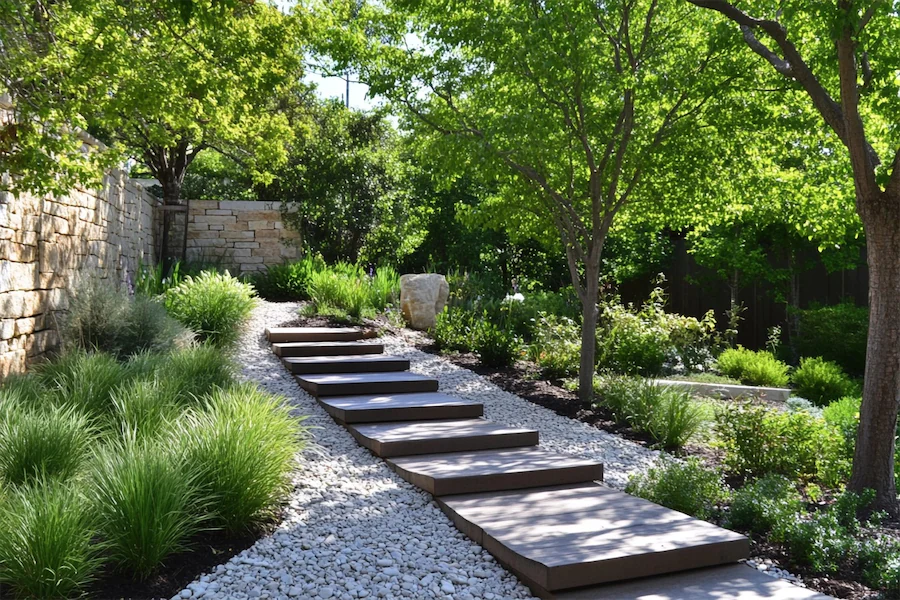A native plant garden features flora indigenous to a specific region, fostering local biodiversity and creating a sustainable, low-maintenance landscape. By cultivating plants adapted to the local climate and soil, gardeners can support native wildlife and reduce resource consumption.
History and Origins of Native Plant Gardens
The concept of native plant gardening has gained prominence as environmental awareness has increased. Historically, indigenous communities utilized native plants for medicinal, nutritional, and cultural purposes, inherently practicing sustainable land management. In contemporary times, organizations like the Lady Bird Johnson Wildflower Center in Texas have been instrumental in promoting the use of native plants in landscaping, emphasizing their ecological benefits and aesthetic appeal.
Key Features of Native Plant Gardens
Native plant gardens are characterized by several distinctive features:
- Biodiversity: Incorporating a variety of native species supports a wide range of pollinators and wildlife, contributing to a balanced ecosystem.
- Adaptation: Native plants are well-suited to local environmental conditions, often requiring less water, fertilizer, and pesticides compared to non-native species.
- Seasonal Interest: By selecting plants with different blooming periods and foliage colors, native gardens can offer visual appeal throughout the year.
- Habitat Creation: These gardens provide essential resources such as food and shelter for native insects, birds, and other wildlife, promoting biodiversity.
Applications of Native Plant Gardens
Native plant gardens can be implemented in various settings:
- Residential Landscapes: Homeowners can design aesthetically pleasing and environmentally friendly yards by incorporating native plants, reducing maintenance efforts and resource usage.
- Public Spaces: Parks, schools, and community centers can establish native plant gardens to educate the public about local flora and ecological stewardship.
- Corporate Campuses: Businesses can enhance their sustainability initiatives by landscaping with native plants, creating attractive surroundings that support local ecosystems.
Considerations When Designing a Native Plant Garden
When planning a native plant garden, consider the following:
- Site Assessment: Evaluate sunlight exposure, soil type, and moisture levels to select appropriate plant species that will thrive in the specific conditions of your garden.
- Plant Selection: Choose a diverse mix of native plants that offer various heights, colors, and bloom times to create visual interest and support a range of wildlife.
- Maintenance: While native plants generally require less upkeep, initial efforts such as mulching and weeding are necessary to establish a healthy garden.
- Local Resources: Consult local native plant societies or extension services for guidance on species selection and garden design tailored to your region.
Conclusion
Creating a native plant garden is a rewarding endeavor that contributes to environmental conservation and offers enduring beauty. By thoughtfully selecting and arranging indigenous plants, gardeners can develop sustainable landscapes that support local wildlife, conserve resources, and reflect the unique character of their region.
